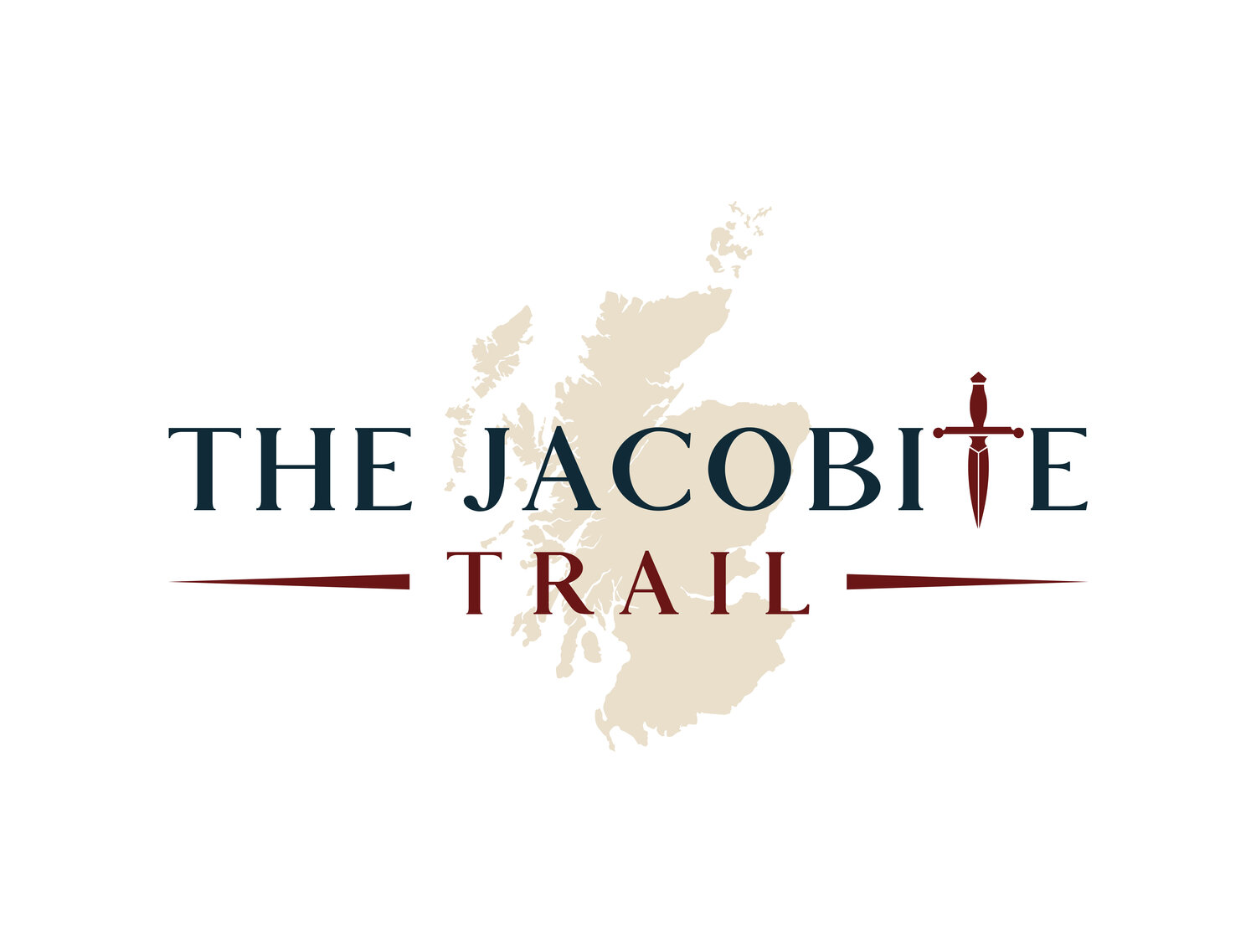
Alloa Tower
• Central and West •
Alloa tower is situated in the town of Alloa in Clackmannanshire in central Lowlands of Scotland. It is one of the earliest and largest Scottish tower houses and is known for it’s immensely thick walls.
Alloa tower served for many years as the medieval residence of the Erskine family, later the Earls of Mar. The 6th Earl of Mar, John Erskine, was the leader of the 1715 Jacobite Rising.
Over the centuries, the tower underwent various additions and renovations, with the most significant changes occurring in the 18th century when it was transformed into a Georgian mansion. The tower was also the site of various historical events, including a visit by Mary, Queen of Scots in 1563.
In 1921, the tower was purchased by the National Trust for Scotland and opened to the public as a museum. Today, visitors can explore the tower's various rooms, including the Great Hall, which features a painted ceiling and a collection of historic weapons and armor. Other highlights include the Drawing Room, which is decorated with intricate plasterwork, and the Victorian Kitchen, which offers a glimpse into life in the 19th century.
Alloa Tower is considered one of the best-preserved medieval tower houses in Scotland and continues to be a popular tourist destination.
A Brief History of Alloa Tower
The four-storey tower was originally built as part of a line of fortifications designed to protect the north shore of the Firth of Forth. Archaeological investigations have dated the tower to the year 1223 and the fortified house to the early 14th century.
In the 15th century it was further enlarged to four/five levels while retaining its first-floor access. Late in the 16th century ground-floor access was probably added.
Alloa Tower and the Jacobites
John Erskine, 6th Earl of Mar, built a very large mansion (Alloa House) in 1710 that incorporated the tower as its annexe; he made plans to remodel the tower's interior, but it is unclear what changes were actually made.
John Erskine was the eldest son of Charles, Earl of Mar (died 1689), from whom he inherited estates that were heavily loaded with debt. He was nicknamed Bobbing John, for his tendency to shift back and forth from faction to faction.
In 1714 he was deprived of office by the new king George I, and so Mar raised the standard of rebellion against the Hanoverians. At Braemar on 6 September 1715, he proclaimed James VIII and III King of Scotland, England, France and Ireland, thus beginning the Jacobite rising of 1715.
As a general, however, he is generally regarded as something of a failure. Precious time was wasted at Perth and though he sent a substantial force south to aid the English Jacobites it achieved little before being obliged to surrender at Preston. At the battle of Sheriffmuir in November 1715, Mar's forces outnumbered those of his opponent, but victory eluded him. Despite an inconclusive end to the Battle, Mar’s indecisiveness in the aftermath led to strategic defeat.
The 6th Earl of Mar was forced to flee the country and forfeit his lands as a result. His later years were spent in Paris where he died in 1732. He never returned to Alloa Tower and his brother was allowed to purchase his forfeited lands.
Visitor Information
Alloa Tower retains many medieval features, and is open for visitors to explore today. Notable features include the stone well on the first floor, built into the tower walls; the magnificent beamed ceiling in the Solar; and the dungeon, which is thought to be even older than the tower. The marvellous Italianate staircase and art collection are highlights of the 18th-century remodelling.
It is well worth a visit, you’ll hear tales of curses, ghosts, fortunes and titles lost and regained, and the building’s ruin, rescue and restoration.
Getting There
Location
Alloa Tower
Alloa Park
Alloa
Clackmannanshire
FK10 1PL
What3Words reference
thighs.grudge.basis
